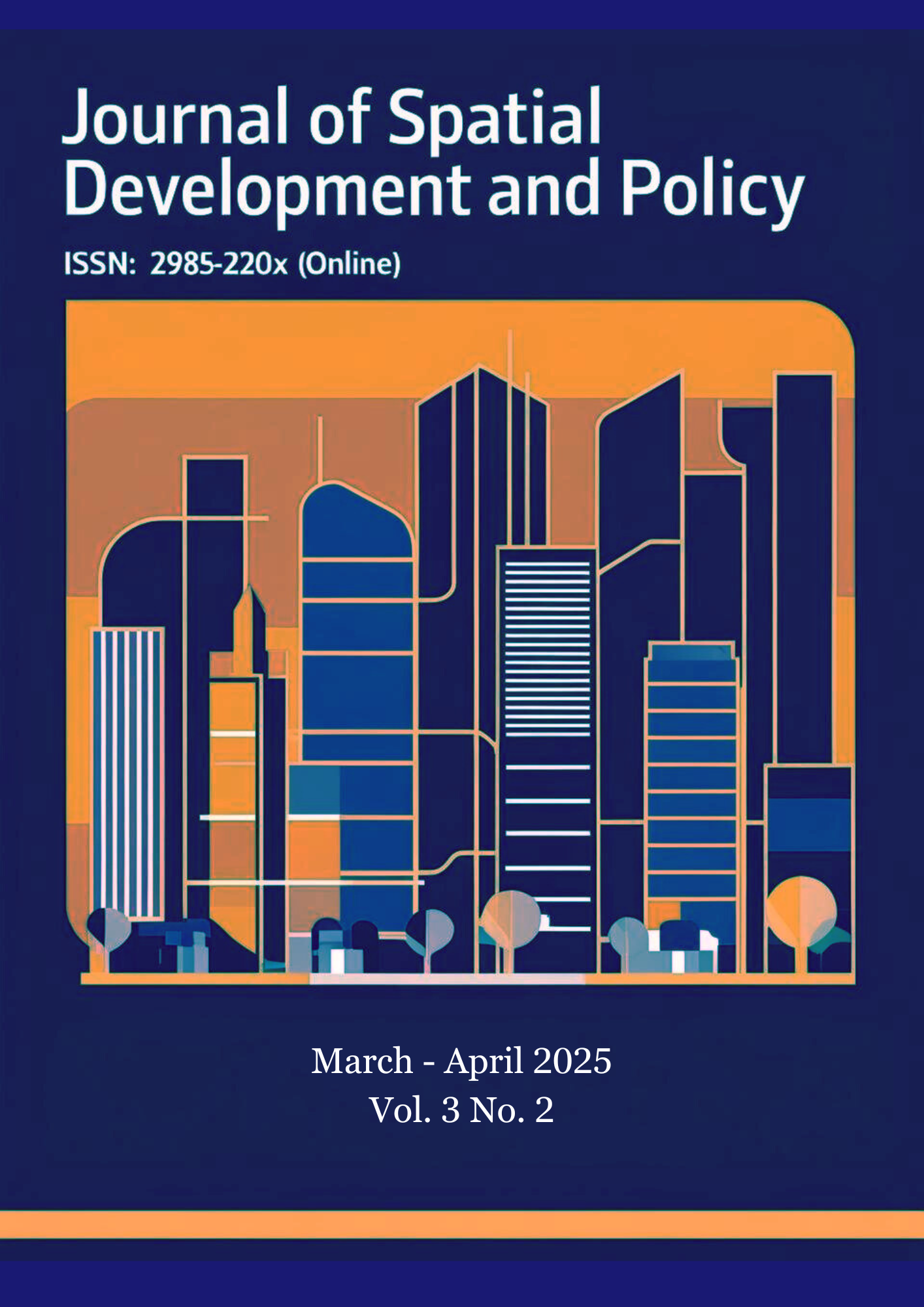The impact of social media beauty filters on self-perception of students in Bangkok
Main Article Content
Abstract
This article aimed to (1) study the frequency and pattern of beauty filter use among university students in Bangkok, (2) analyze the relationship between beauty filter use and self-perception and appearance satisfaction, and (3) assess students’ awareness of the potential psychological effects of using beauty filters. This quantitative research used an online questionnaire as a tool to collect data from a sample of 400 undergraduate students in Bangkok. The statistics used for analysis were frequency, percentage, mean, standard deviation, correlation analysis, and multiple regression analysis. The results of the research found that 1) most students use digital media for an average of 4-6 hours per day. The Instagram platform is the most popular for using beauty filters. Filters are used almost every time. The most popular filter was the filter that helped remove wrinkles or acne. 2) Analysis of the relationship between the use of beauty filters and self-perception and satisfaction with appearance found that the frequency of using beauty filters and the types of filters frequently used were significantly related to self-perception and satisfaction with appearance. 3) The assessment of students' awareness of the possible psychological impacts of using beauty filters found that students' awareness of risk perception and appropriate use guidelines could together explain the possible psychological impacts of using beauty filters by 21.60 percent with statistical significance. Risk perception and appropriate use guidelines for beauty filters were positively related to the psychological impacts.
Article Details

This work is licensed under a Creative Commons Attribution-NonCommercial-NoDerivatives 4.0 International License.
References
ปีย์วรา อาจหาญวงศ์. (2564). การออกแบบรูปแบบของผู้มีอิทธิพลด้านความงาม (Beauty Influencers) ในสื่อโซเชียลมีเดีย. (ศิลปศาสตรมหาบัณฑิต, มหาวิทยาลัยศรีนครินทรวิโรฒ).
ศูนย์วิจัยกสิกรไทย. (2566). ตลาดความงามและศัลยกรรมไทยปี 2566. กรุงเทพฯ: ธนาคารกสิกรไทย.
สมาคมศัลยแพทย์ตกแต่งแห่งประเทศไทย. (2565). รายงานประจำปี 2565. กรุงเทพฯ: สมาคมศัลยแพทย์ตกแต่งแห่งประเทศไทย.
สำนักงานสถิติแห่งชาติ. (2565). รายงานการสำรวจพฤติกรรมการใช้จ่ายด้านความงามของคนไทย. กรุงเทพฯ: สำนักงานสถิติแห่งชาติ.
องค์กรสหประชาติ. (2567). การสนับสนุนของสหประชาชาติต่อเป้าหมายการพัฒนาที่ยั่งยืนในประเทศไทย. สืบค้นจาก https://url.in.th/KvLLd.
Alfonso-Fuertes, I., Alvarez-Mon, M. A., Del Hoyo, R. S., Ortega, M. A., Alvarez-Mon, M., & Molina-Ruiz, R. M. (2023). Time spent on Instagram and body image, self-esteem, and physical comparison among young adults in Spain: observational study. JMIR formative research, 7(1), e42207.
Cochran. (1977). Sampling Techniques. (3rd Edition). New York: John Wiley & Sons.
Doh, M., Canali, C., & Karagianni, A. (2024, June). Pixels of Perfection and Self-Perception: Deconstructing AR Beauty Filters and Their Challenge to Unbiased Body Image. In Proceedings of the 2024 ACM International Conference on Interactive Media Experiences (pp. 349-353). New York: Association for Computing Machinery.
Festinger, L. (1954). A theory of social comparison processes. Human relations, 7(2), 117-140.
Higgins, E. T. (1987). Self-discrepancy: a theory relating self and affect. Psychological review, 94(3), 319.
Meyer, M. (2024). Is Botox redefining beauty standards for Gen Z? American Med Spa Association. Retrieved from https://americanmedspa.org/news/is-botox-redefining-beauty-standards-for-gen-z.
Ozimek, P., Lainas, S., Bierhoff, H. W., & Rohmann, E. (2023). How photo editing in social media shapes self-perceived attractiveness and self-esteem via self-objectification and physical appearance comparisons. BMC psychology, 11(1), 99.
Rahman, E., Webb, W. R., Rao, P., Yu, N., Garcia, P. E., Ioannidis, S., Sayed, K., Philipp-Dormston, W. G., Carruthers, J. D. A., & Mosahebi, A. (2024). A systematic review on the reinforcement loop in aesthetic medicine and surgery: The interplay of social media, self-perception, and repeat procedures. Aesthetic Plastic Surgery, 48, 3475–3487.
Rogers, R. W. (1975). A protection motivation theory of fear appeals and attitude change. The journal of psychology, 91(1), 93-114.
Sattarpanahi, E., kiani, L., Hesami, S., Salehi, N., & Kavousighafi, M. (2024). Body Image and Social Media: A Qualitative Investigation of the Influence of Instagram on Young Women's Self-Perception and Body Satisfaction. Psychology of Woman Journal, 5(2), 25-32.
